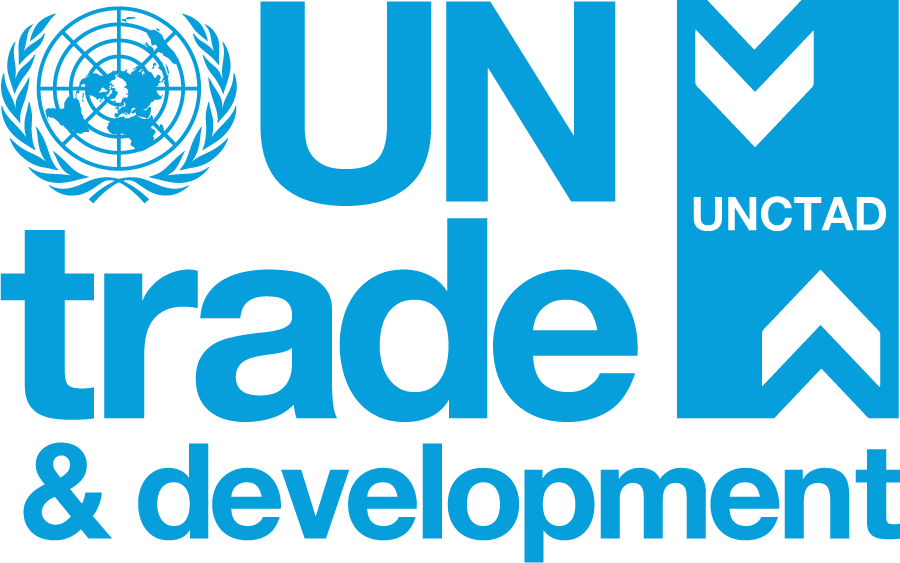The study, which provides a review of the situation in Cape Verde, the Gambia and Lesotho, is a contribution to global consultations on how to approach development issues after 2015.
Entitled Trade policy and gender inequalities: A country-based analysis, this UNCTAD paper uses country case studies to "map" the gendered effects of trade in each country, while testing three different methodologies. Drawing a common thread between the three case studies, the paper points to the fact that trade policy impacts different segments of the population - men and women, rural and urban dwellers, the well-off and the poor - in different ways.
With the Millennium Development Goals (MDGs) end date of 2015 fast approaching, the United Nations initiated in 2011 a process to set a post-2015 development framework and agenda. Global thematic consultations have been launched as part of this process. These consultations are focusing on nine issues considered important for the new development agenda, one of which is inequalities. The UNCTAD study is a contribution to the Addressing Inequalities global thematic consultation process.
The UNCTAD paper emphasizes that macroeconomic policy, and trade policy in particular, can play a role in reducing inequalities, particularly inequalities between women and men. The paper encourages policymakers to pursue this objective actively.
UNCTAD has contended for several years that trade policy is far from gender-neutral. The paper highlights the need for more country-specific, gender-sensitive analyses. Moreover, it stresses that valuable opportunities to reduce inequalities via economic policies are lost when a gender perspective is not included in the design and implementation of macroeconomic policy, or in the negotiation of trade agreements.
The Addressing Inequalities consultation will review progress on the MDGs in relation to major inequalities in all fields, and will gather perspectives on how best to address key issues of inequality and their root causes in the years following 2015.


